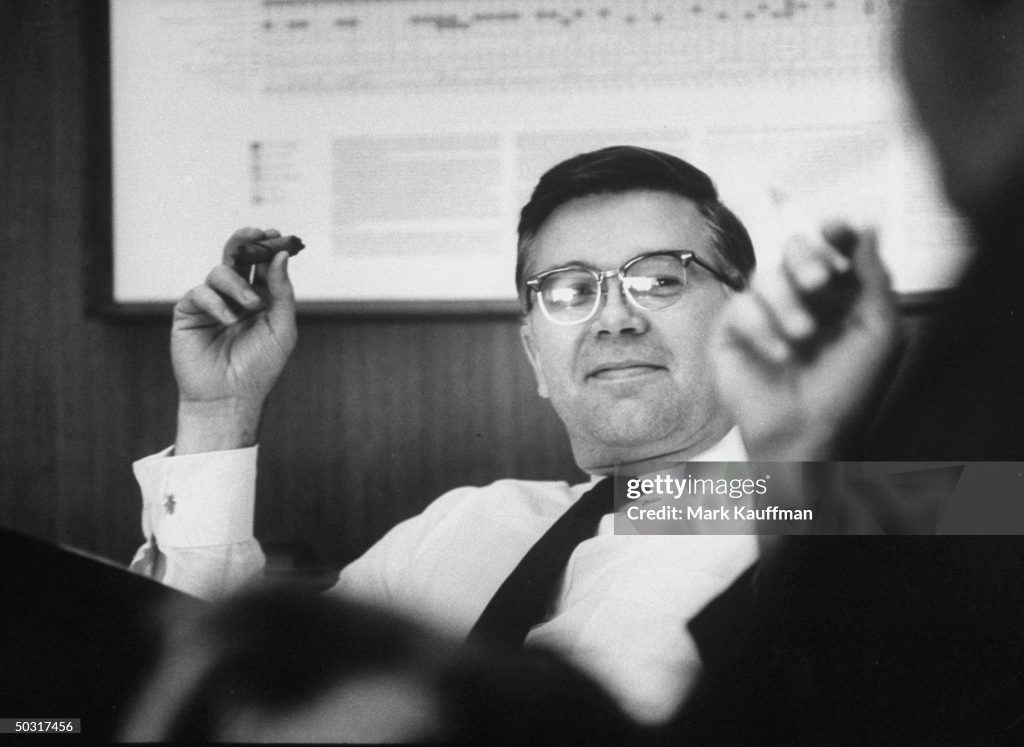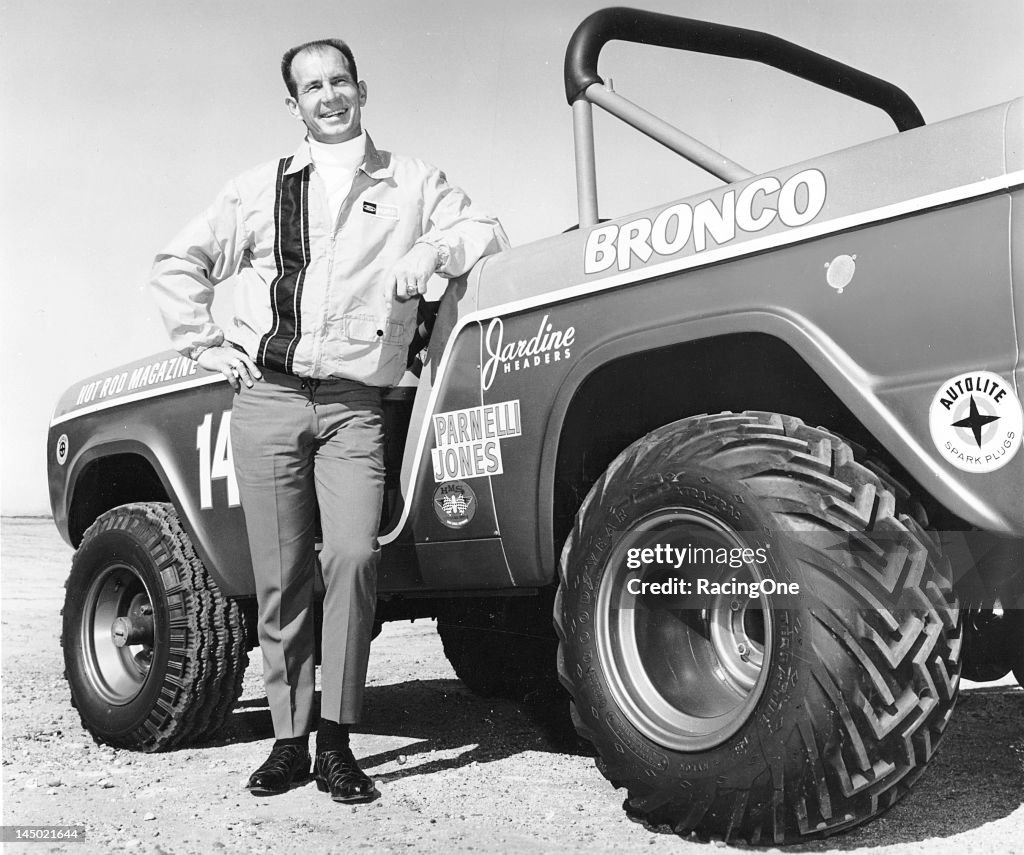The Ford Bronco has carved its place in automotive history as more than just a vehicle—it represents a pivotal moment in the evolution of what we now know as SUVs. From its humble beginnings as a “multi-purpose vehicle” to its legendary status in off-road racing and popular culture, the Bronco’s journey mirrors America’s changing relationship with automobiles.
Table of Contents
ToggleBirth of a Legend: The Original MPV

Before the term “SUV” entered our lexicon, Ford product manager Donald Frey—the same brilliant mind behind the Mustang—conceptualized what was then called an “MPV” or multi-purpose vehicle. Launched in 1966, the Bronco was designed to fill a gap in the market between bare-bones military-style Jeeps and conventional passenger vehicles. What made it revolutionary was its ability to handle both sports and utility functions with equal prowess.
The first-generation Bronco was remarkably simple yet innovative. Engineer Paul Axelrod created a compact design with a short wheelbase for enhanced agility and maneuverability. Unlike competitors that relied entirely on leaf springs, the Bronco featured a front coil suspension system that delivered superior handling both on and off the road. Its economical design included interchangeable door skins and flat glass panels throughout—practicality at its finest.
Racing Heritage: Conquering the Desert

The Bronco’s capabilities didn’t go unnoticed in the emerging world of off-road racing. Bill Stroppe, who became to Broncos what Carroll Shelby was to Mustangs, quickly recognized the vehicle’s potential. By the late 1960s, Stroppe had convinced Indy 500 racer Parnelli Jones to try dirt racing, a partnership that would redefine off-road competition.
Their collaboration led to the creation of “Big Oly,” the first true trophy truck—a custom-built machine featuring a TIG-welded chromoly tube frame, fiberglass Bronco bodywork, and a powerful 351 Windsor V8 engine. This revolutionary vehicle drove to back-to-back victories in the Baja 1000 in 1971 and 1972, cementing the Bronco’s reputation as an off-road champion and helping popularize the sport itself.
Evolution Through the Decades

As consumer preferences evolved, so did the Bronco. The second generation, launched in 1978, transformed from a compact SUV to a full-size vehicle based on the F-100 platform. It featured a removable hardtop, folding rear seat, and the innovative power rear window that would become a signature element of all future Broncos.
The third generation arrived in 1980 with more modern styling and the introduction of the upscale Eddie Bauer trim—a partnership that would define Ford’s SUV lineup for decades to come. The fourth and fifth generations continued to refine the formula, adding comfort features and safety improvements like integrated turn signals in side mirrors and three-point rear seatbelts.
Cultural Phenomenon: The White Bronco Moment
While the Bronco had already established itself as an automotive icon, it was the infamous 1994 O.J. Simpson slow-speed chase that forever embedded the white fifth-generation Bronco in popular culture. An estimated 95 million Americans—more than a third of the country’s population—watched the event unfold live on television. This unexpected exposure briefly boosted sales, though the model was already nearing the end of its production run.
The Bronco Returns
After being discontinued in 1996 in favor of the family-oriented Expedition, the Bronco remained dormant for years. Ford teased its potential return with a concept vehicle in 2004, finally confirming a new model in 2017. This revival came as Ford shifted its focus from traditional cars to crossovers and SUVs—bringing the Bronco full circle to its pioneering roots.
Reflections on an Icon
Looking at the Bronco’s legacy raises interesting questions about how new generations balance heritage with innovation. Can modern iterations capture the rugged simplicity that made the original so appealing while meeting contemporary expectations for comfort and technology? Beyond its off-road prowess, what advantages and disadvantages does the Bronco offer for daily driving and urban use?
For enthusiasts looking to restore these classic vehicles to their former glory, specialized parts and components for Classic Ford Broncos are available at rebornfj.com, ensuring that these icons of American automotive history can continue to roam both highways and trails for generations to come.
The Ford Bronco isn’t just a vehicle—it’s a testament to American ingenuity, a champion of off-road racing, and a cultural touchstone. From its groundbreaking introduction as the original MPV to its triumphant return decades later, the Bronco has earned its place as one of the most influential and beloved vehicles ever produced.